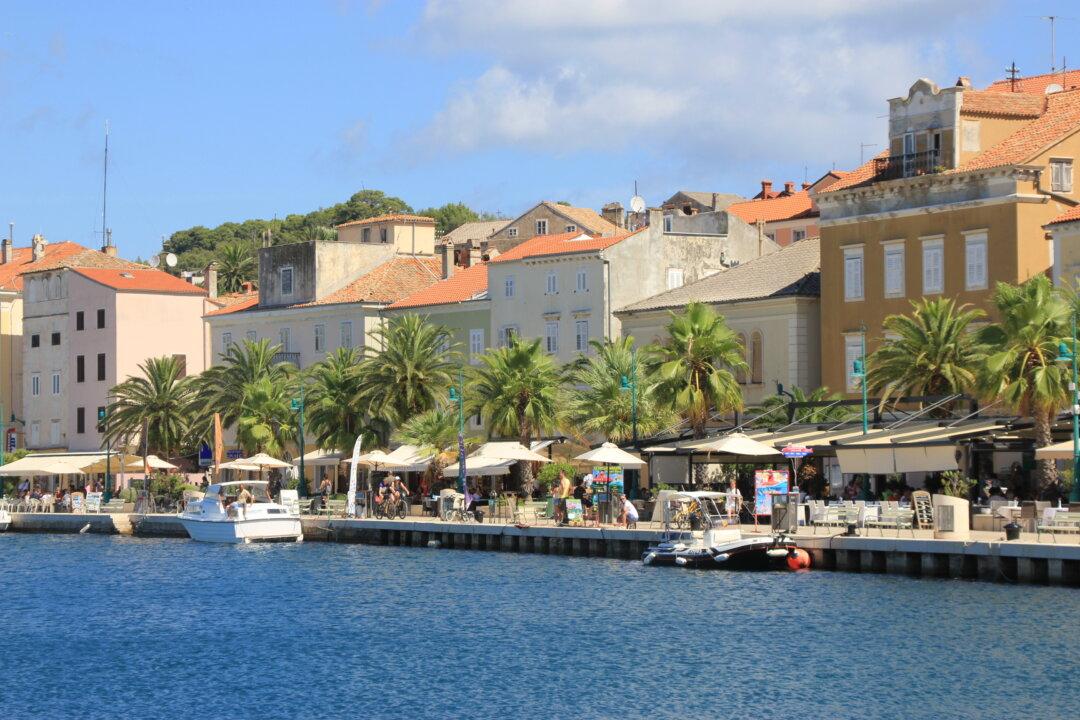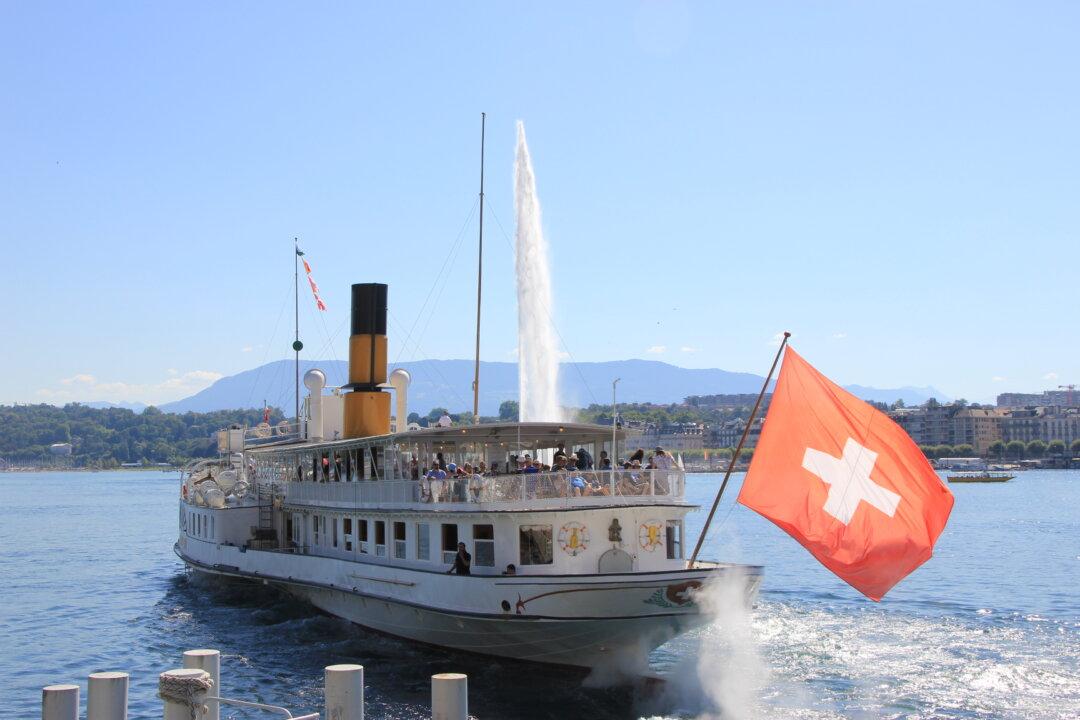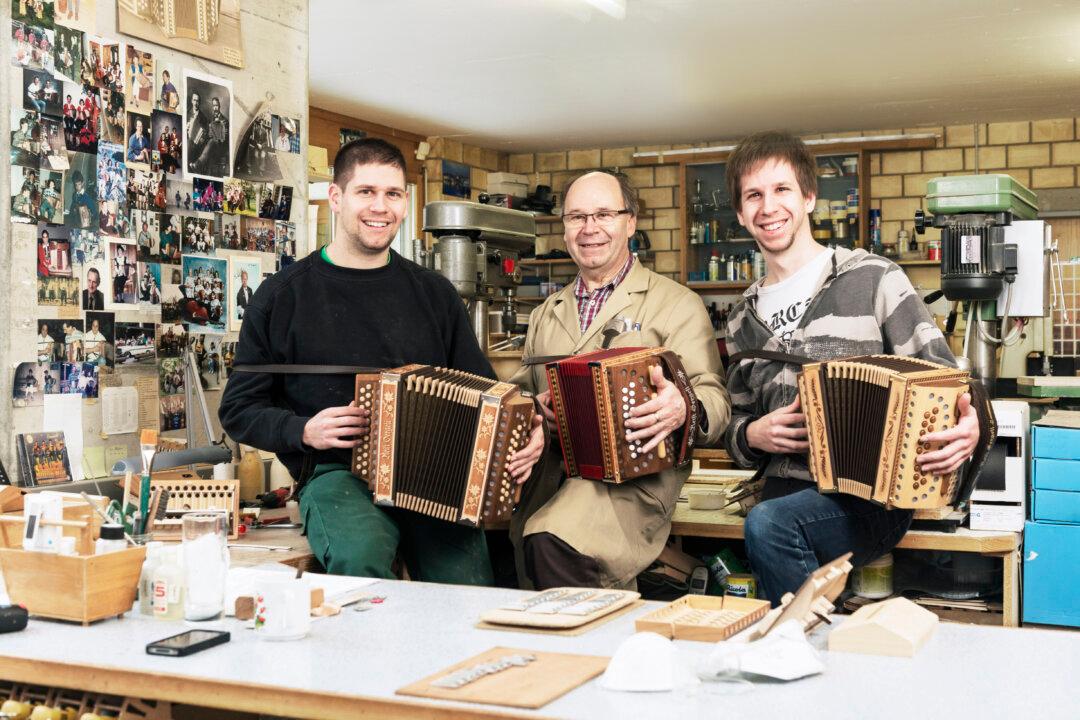The Croatian coastline ranks among the most intricately indented coastlines in the world. Of 1,244 islands, islets, cliffs, and reefs that have remained following the dramatic rise in the level of the Adriatic Sea in about 13,000 B.C., only 50 are inhabited today. One of them is Losinj, but finding it on the map can be rather challenging.
The island, which is about 20 miles long and at most only two and a half miles wide, appears to be attached to the neighboring island of Cres. But in fact, a 36-foot wide artificial canal, built in Roman times as a maritime passage, separates the two. The hand-operated pivot bridge is raised to let yachts through twice a day, in the morning and evening. Just a few minutes after arriving, it’s noticeable how the climate feels milder and the landscape much greener, full of blooming wildflowers and herbs. The scent is spicy and the atmosphere is relaxed.





